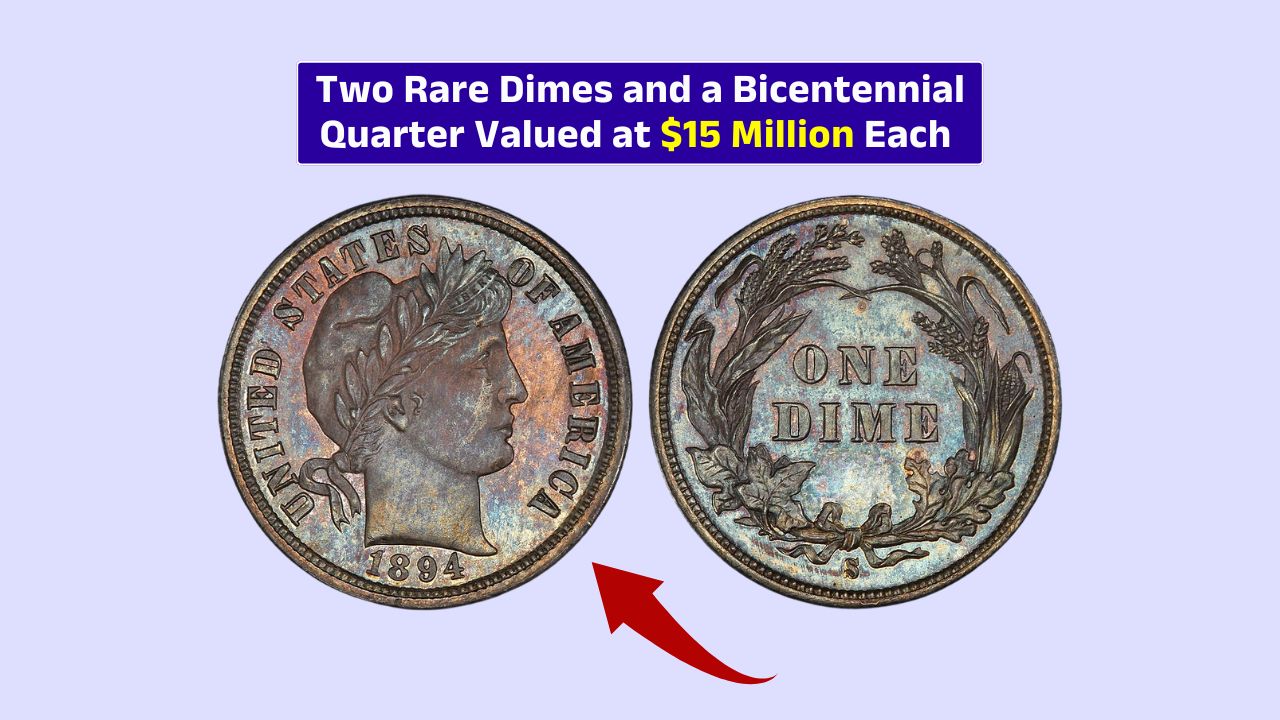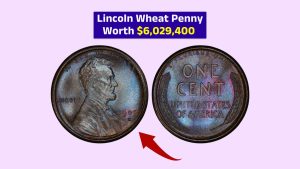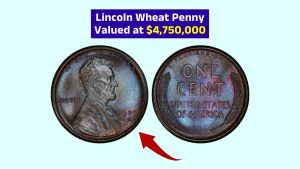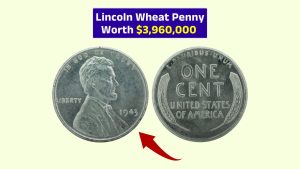Few things stir the imagination of collectors like rare coins. Among them, two extraordinary dimes and a historic quarter stand out, each with a story that weaves through American history, artistry, and evolving coinage.
Let’s look into the legacy of the Mercury Dime, the Barber Dime, and the Bicentennial Quarter—three coins that do far more than just shine.
Mercury
The Mercury Dime, minted from 1916 to 1945, is a masterpiece of symbolism and style. Designed by Adolph A. Weinman, it features Liberty in a winged cap, symbolizing freedom of thought—though many mistake her for Mercury, the Roman messenger god.
The reverse side? A Roman fasces wrapped in an olive branch, a nod to unity and peace. But it’s the 1916-D Mercury Dime that steals the show. Only 264,000 were minted in Denver, making it a holy grail for collectors.
Why so few? That year, the Denver Mint prioritized quarters, leaving the dime with a staggeringly low mintage.
High-grade 1916-D dimes regularly fetch five figures, and rare pristine examples even more. For anyone looking to invest in American coinage history, this dime’s a powerful pick.
Barber
Before the Mercury Dime, we had the elegant Barber Dime. Minted from 1892 to 1916 and designed by Charles E. Barber, this coin showcases Liberty wearing a laurel wreath. It echoes the neoclassical vibes of the late 19th century, simple and stately.
But the crown jewel? The 1894-S Barber Dime. With only 24 minted and just nine known to exist today, its origin remains mysterious.
Some say it was a gift for bankers; others believe it was a test run. Either way, it’s among the rarest and most expensive U.S. coins ever. One sold for nearly $2 million.
This dime isn’t just rare—it’s legendary.
Bicentennial
Now let’s fast-forward to the nation’s 200th birthday: the Bicentennial Quarter, minted in 1975 and 1976. Unlike its older dime counterparts, this coin celebrated heritage rather than scarcity.
Its dual date (1776–1976) and Colonial drummer design by Jack L. Ahr mark a bold departure from tradition. It was the first major change to the Washington Quarter since 1932.
Produced in both copper-nickel and 40% silver versions, the silver coins were collector exclusives. While not especially rare, high-grade silver Bicentennial Quarters still carry a premium—and loads of nostalgia.
Methods
These coins came from vastly different minting eras. The Mercury and Barber Dimes were struck when silver ruled American coinage. Each contains 90% silver and 10% copper, offering not just aesthetic value but precious metal content.
Meanwhile, the Bicentennial Quarter was born after silver was removed from circulating coins in 1965. Its copper-nickel clad version was practical, durable, and widely available—while still tipping its hat to tradition with size and weight.
| Coin Type | Silver Content | Years Minted | Special Feature |
|---|---|---|---|
| 1916-D Mercury Dime | 90% | 1916–1945 | Low mintage, winged Liberty |
| 1894-S Barber Dime | 90% | 1892–1916 | Only 24 minted, unknown backstory |
| Bicentennial Quarter | 40% (special) | 1975–1976 | Dual date, Colonial drummer design |
Value
When it comes to price, condition is everything. Coin grading—on the Sheldon Scale from 1 to 70—can mean the difference between a few hundred bucks and a six-figure sale.
The 1894-S Barber and 1916-D Mercury Dimes in top grades easily exceed $100,000. Even lower-grade versions remain valuable. The Bicentennial Quarter, particularly the silver collector versions in mint state, also fetch solid premiums.
Trends
Thanks to online platforms and digital grading records, collecting coins is now more accessible than ever. Rarity still rules the market, but historical context and design appeal drive long-term value.
The Mercury and Barber Dimes will likely continue to appreciate due to scarcity. The Bicentennial Quarter? It’s the perfect gateway coin—affordable, rich in symbolism, and a great starter for budding collectors.
Three coins. Three stories. One rich legacy. Whether you’re hunting ultra-rare dimes or appreciating a patriotic quarter, these pieces reflect the soul of American numismatics. They’re more than metal—they’re milestones in a nation’s journey.
FAQs
Why is the 1916-D Mercury Dime so rare?
Only 264,000 were minted due to Denver focusing on quarters.
How many 1894-S Barber Dimes exist?
Only nine are known to exist out of the original 24.
Is the Bicentennial Quarter valuable?
Silver versions are collectible; clad ones have minimal value.
What makes a coin’s value increase?
Rarity, condition, historical context, and demand affect value.
Are Bicentennial Quarters made of silver?
Some collector versions were minted in 40% silver.



